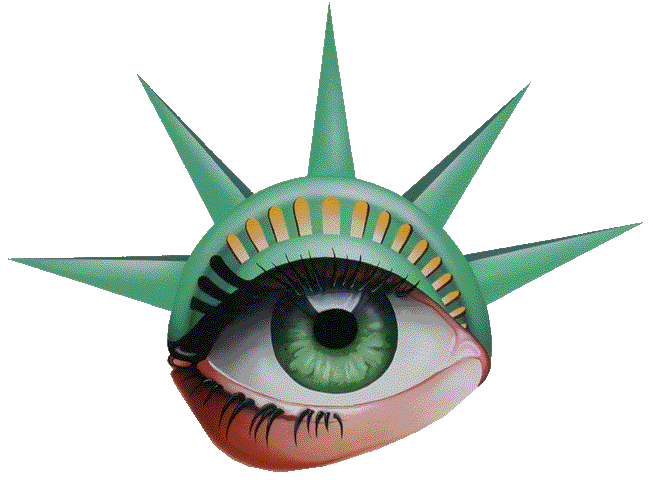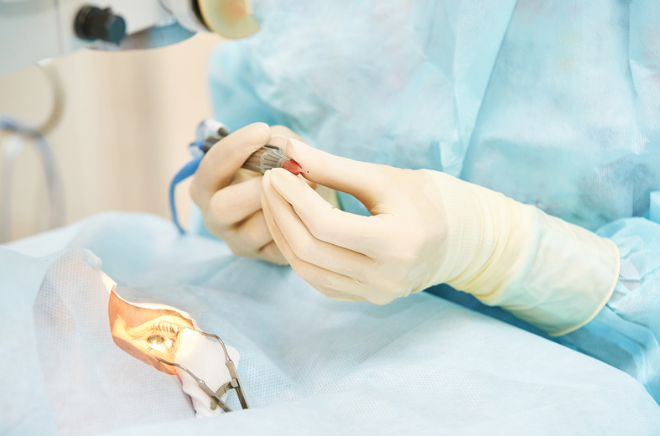LASIK (Laser-Assisted In Situ Keratomileusis) is a common procedure that helps people achieve clearer vision by reshaping the cornea with a laser. After undergoing LASIK, many patients are eager to travel, especially by air. Here, we discuss when it’s safe to fly after LASIK and how to make your journey comfortable.
Initial Recovery and Recommendations
Immediate Post-Surgery Phase
After LASIK surgery, it’s essential to rest and allow your eyes to begin the healing process. During the first 24 to 48 hours, avoid air travel. This initial period is crucial for your eyes to adapt and start healing without the added stress of dry cabin air or changes in air pressure.
Waiting Period for Flying
Most ophthalmologists recommend waiting at least one week before flying. This waiting period allows your eyes to recover and reduces the risk of complications. However, many patients are cleared to fly within 24 to 48 hours if necessary, as long as they follow their doctor’s advice.
In-Flight Precautions
Hydration and Eye Drops
Airplane cabins often have low humidity, which can exacerbate dry eye symptoms common after LASIK. Stay hydrated by drinking plenty of water and use preservative-free eye drops to keep your eyes moist. Artificial tears are essential to prevent discomfort during the flight.
Avoid Rubbing Your Eyes
It’s crucial to avoid rubbing your eyes, especially during and after the flight. The changes in cabin pressure and dry air might make your eyes feel uncomfortable, but rubbing can disrupt the healing process and introduce bacteria.
Wear Sunglasses
Post-LASIK, your eyes may be more sensitive to light. Wearing sunglasses can help reduce glare and protect your eyes from bright light during your journey, both inside the airport and on the plane.
Long-Haul Flights and Overnight Travel
For longer flights, follow these additional tips to ensure comfort:
- Stay Hydrated: Drink water regularly and avoid caffeinated or alcoholic beverages.
- Use Moisture Masks: Consider using a moisture mask to combat dry cabin air.
- Limit Eye Strain: Minimize activities that strain your eyes, such as reading or watching movies for extended periods. Instead, prioritize rest.
Potential Concerns and Solutions
Dry Eyes
Dry eyes are common after LASIK and can be worsened by the dry air in airplanes. Carry plenty of artificial tears and use them as needed throughout the flight.
Sensitivity to Light
Your eyes might be temporarily more sensitive to light. Wearing sunglasses can help manage this sensitivity and reduce discomfort.
Infection Risk
Airplane cabins can harbor germs. Avoid touching your eyes without washing your hands thoroughly to minimize the risk of infection.
Flying After LASIK
| Aspect | Recommendation |
|---|---|
| Initial Healing Period | Avoid flying for at least 24-48 hours |
| Hydration | Drink plenty of water before, during, and after the flight |
| Eye Drops | Use preservative-free artificial tears liberally |
| Eye Protection | Wear sunglasses to reduce light sensitivity |
| Avoid Rubbing Eyes | Do not rub or touch your eyes during the flight |
| Long-Haul Flights | Use moisture masks and take regular hydration breaks |
| Infection Prevention | Avoid touching eyes without washing hands |
| Consult Your Doctor | Follow specific advice from your ophthalmologist |
In-Depth Questions
How Soon Can I Fly After LASIK?
Most patients can fly within 24 to 48 hours after LASIK. However, waiting at least a week is often recommended to ensure optimal recovery. Always consult with your eye surgeon for personalized advice based on your specific healing process.
What Should I Do If My Eyes Feel Dry During the Flight?
Use preservative-free artificial tears as needed to keep your eyes moist. Stay hydrated by drinking water, and avoid activities that strain your eyes. If discomfort persists, consult your doctor.
Can Flying Affect the Healing Process?
Flying itself does not inherently affect the healing process, but the dry air in airplane cabins can exacerbate dry eye symptoms. Follow your doctor’s instructions, use eye drops, and take necessary precautions to keep your eyes comfortable.
Are There Any Activities I Should Avoid After LASIK Besides Flying?
Yes, avoid swimming, hot tubs, and any activities that could introduce water or contaminants to your eyes for at least a week. Also, refrain from heavy physical activity that could strain your eyes during the initial healing period.
Conclusion
Flying after LASIK is generally safe if you follow proper precautions and your doctor’s advice. By staying hydrated, using eye drops, and protecting your eyes, you can enjoy a comfortable and hassle-free travel experience. For more detailed information, visit Liberty Laser Eye Center. If you have any questions or need further assistance, feel free to contact us.
Embark on your journeys with the clarity and freedom that LASIK provides, and make sure to prioritize your eye health along the way.
For more insights, check out these resources:


